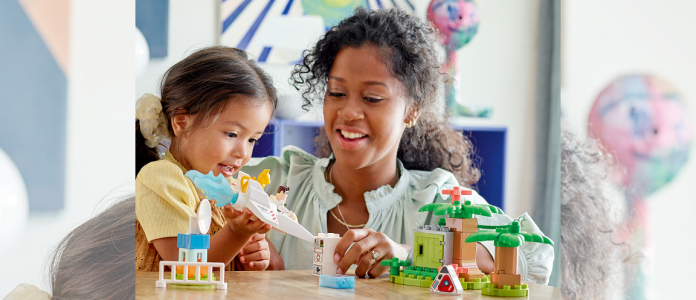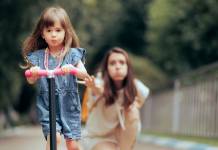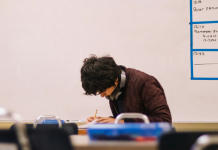As parents, we’re so ready to ease life’s journey for our children, sweeping obstacles out the way, and making sure they know the ‘right’ way to do things before they set out to do any task so that they don’t fail.
Failing is one of the most important ways that children learn a number of important life skills, including coping with adversity, processing the consequences of their choices and actions, and helping them learn how to reframe, rethink, and adapt to a situation.
While many parents worry about their child making mistakes, they also see how important experimenting and learning from mistakes is to a child’s development.
In fact, according to the 2022 LEGO Play Well Study, 97% of respondents said that experimentation builds their child’s confidence with 95% saying that they would rather their child tried something and failed, than that they didn’t try at all. The same number of parents said that experimentation fuels innovation, and 97% proactively encourage their child to get out of their comfort zone.
The children themselves love experimenting – 96% like testing new ideas and alternative ways of doing things, although 84% said that they worry about not getting things right the first time.
“Play is a fun way for children to experiment and make failure ‘good’,” says Miroslav Riha, country manager for South African and Sub-Saharan Africa for the LEGO Group. “Play prepares children for the future by helping them develop a wide range of hard and soft skills, including curiosity, creativity, communication, and collaboration”.
Children that embrace their mistakes and have the opportunity for a do-over learn that it’s ok to keep on trying, even if they must do so several times over until they get things right. It’s this kind of tenacity that builds resilience and adapt to stress – important life skills in the playground, classroom, and workplace.
“Learning to use failure positively is a life skill and strategy that everyone puts to good use throughout our lives. When you fail at something, you look at what you did to reach that point, evaluate what could be done differently, and come up with a plan to make your project successful,” Riha says.
“This is true whether you’re building a LEGO set from scratch using the step-by-step manual, designing your own marvellous and imaginative creation using the materials you have to hand, or even in your adult workplace, designing a new product or solution.”
If you’re watching your little one’s frustration and eyes brimming with tears because they just can’t get something right, there are some gentle ways to help them navigate the journey to seeing the positive parts of failing.
Rather than saying ‘you’ll do better next time’, acknowledge their disappointment or frustration, along with letting them know that you can see that they want to do better. For example, “I can see that you’re frustrated, and that you really want to solve this problem” is much more constructive than “It’s ok, you’ll get it right tomorrow.”
Your children look to you as their best example and sharing stories of failures you’ve had will show them how to manage their own disappointment, and how to move on from it too.
You could also suggest that they pause after a difficult moment and take a few minutes to ponder what they’ve learned from the experience – and what they would do differently next time.
“These tools obviously vary between different age groups, but the principles are the same,” Riha explains. “Failure is a gift that teaches life skills, whether children are building a complex construction project, or navigating social issues in the playground. Let’s teach them how to embrace it and learn from it.”
Most importantly let your child learn from the world of everchanging play.






